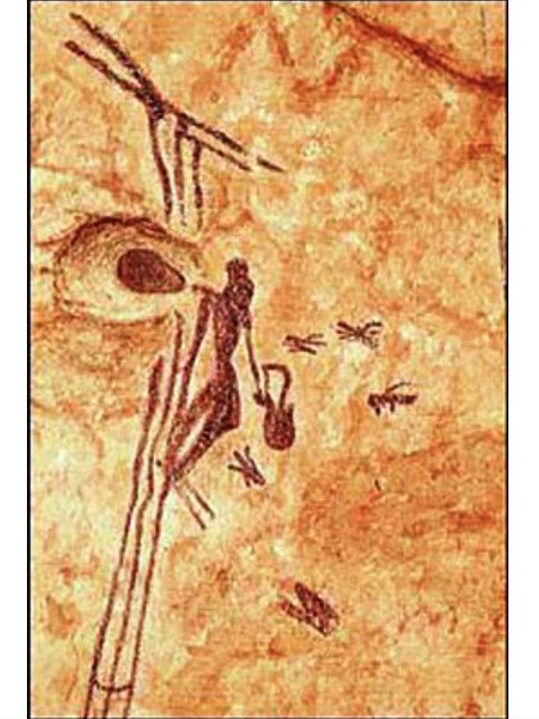Welcome back to this series where we explore bees and honey throughout history. This month, we travel back in time to ancient Rome.
As we already know, products created by bees have been treasured by humans since the prehistoric era when honey hunters would risk their lives to gather this scrumptious commodity. The ancient Romans were no different: bee products enhanced numerous aspects of their life, and indeed death.
In life, honey was enjoyed for its taste – Lucius Columella said that honey made from the pollen and nectar of thyme was the tastiest! Honey was believed to be a food of divine origins, so could be used in offerings and religious rituals. The ancient Romans were aware of honey’s medicinal properties, so used it to treat wounds, ulcers and inflammations.
In death, beeswax was used to remember the faces of deceased loved ones. Masks were sculpted in the guise of ancestors, displayed in the family home, and worn during funerals.
How did they gather these resources? What was beekeeping like for the ancient Romans?
Our understanding of ancient Roman beekeeping comes from the writings of famous academics who admired bees. Among these admirers were the poet Virgil and the aforementioned agricultural writer Columella.
Hives were crafted from biodegradable materials, so are no longer available for us to look at and learn from, but the texts from the time teach us about their structure. All were horizontal, but the ancient Romans weren’t afraid to experiment with the materials. After extensive trial and error, bark hives emerged as the favourite, while earthenware hives were the worst because they would overheat in the summer and freeze in the winter.
In his poem, the ‘Georgics’, Virgil offers instruction on what to consider when choosing where to locate a hive. Thus, apiaries were typically found under the midday sun within enclosed areas to keep the bees protected.
To extract honey, beekeepers would use smoke to drive back the workers and then use a knife to cut out the honeycomb. The honeycomb was placed in a sieve so that imperfections would be caught while only pure honey would drip through. Then the remaining honey was squeezed from the honeycomb. This squeezed honey was less desirable than the sieved honey, but still yummy enough to salvage!
After the honey had been extracted, the honeycomb could be washed, mixed with water and melted to create beeswax.
Columella’s book proved that the ancient Romans were aware of health issues faced by bees, such as starvation, dysentery, poisoning and pest infestations. It also proved that they were interested in treating these problems, since he mentions that an apiary should be stocked with herbs to cure the bees of ailments.
The ancient Romans were attentive and compassionate towards their insect friends and the natural world. They understood the importance of nourishing the soil, respecting seasonal rhythms and working harmoniously with bees.
